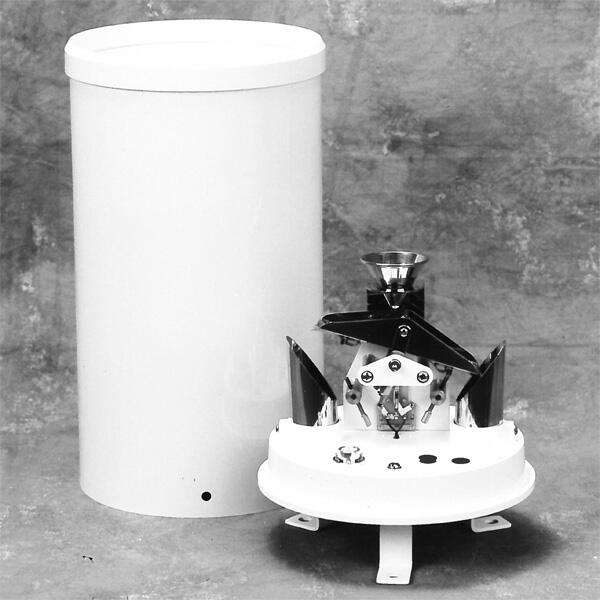
# Rain Gauge Applications and Uses in Weather Monitoring
Rain gauges are essential tools in meteorology and environmental science, providing accurate measurements of precipitation. These devices play a critical role in understanding weather patterns, managing water resources, and predicting potential natural disasters. Below, we explore the various applications and uses of rain gauges in weather monitoring.
## 1. Measuring Precipitation
The primary function of a rain gauge is to measure the amount of rainfall over a specific period. This data is crucial for meteorologists to analyze weather trends and create accurate forecasts. By collecting precipitation data, scientists can better understand regional climate variations and their impact on ecosystems.
## 2. Flood Prediction and Management
Rain gauges are vital in flood prediction systems. By monitoring rainfall intensity and accumulation, authorities can issue timely warnings to communities at risk. This information helps in implementing flood control measures, such as opening floodgates or evacuating residents, thereby minimizing damage and saving lives.
## 3. Agricultural Planning
Farmers rely on rain gauge data to make informed decisions about irrigation and crop management. Understanding precipitation patterns allows them to optimize water usage, reduce waste, and improve crop yields. In regions with irregular rainfall, rain gauges are indispensable for sustainable farming practices.
## 4. Hydrological Studies
Hydrologists use rain gauges to study water cycles and manage water resources effectively. Precipitation data is essential for modeling river flows, reservoir levels, and groundwater recharge. This information supports the development of policies for water conservation and distribution.
## 5. Climate Research
Rain gauges contribute to long-term climate research by providing historical precipitation records. Scientists use this data to study climate change, identify trends, and predict future weather patterns. Accurate rainfall measurements are critical for understanding the impact of global warming on precipitation levels.
## 6. Urban Planning and Infrastructure Design
Urban planners use rain gauge data to design drainage systems and infrastructure that can withstand heavy rainfall. This ensures that cities are better prepared for extreme weather events, reducing the risk of flooding and waterlogging. Proper planning also helps in maintaining the structural integrity of buildings and roads.
## 7. Environmental Monitoring
Rain gauges are used in environmental monitoring to assess the impact of precipitation on ecosystems. For example, they help track acid rain, which can harm forests and aquatic life. By monitoring rainfall quality and quantity, scientists can develop strategies to mitigate environmental damage.
## Conclusion
Rain gauges are versatile instruments with a wide range of applications in weather monitoring and beyond. From predicting floods to supporting agricultural practices and climate research, these devices provide invaluable data that shapes our understanding of the natural world. As technology advances, rain gauges will continue to play a pivotal role in safeguarding communities and preserving the environment.
Keyword: rain gauge uses
